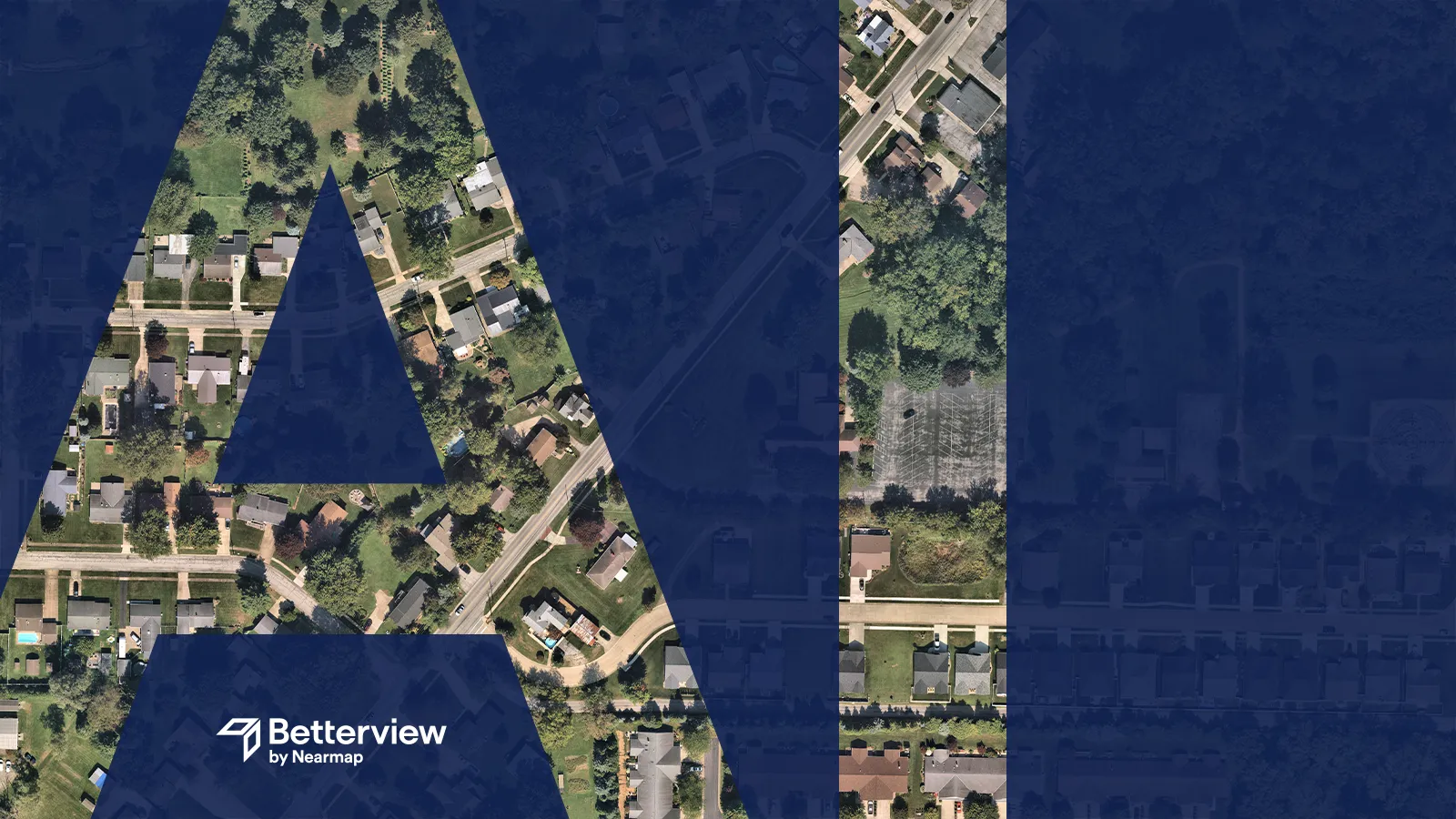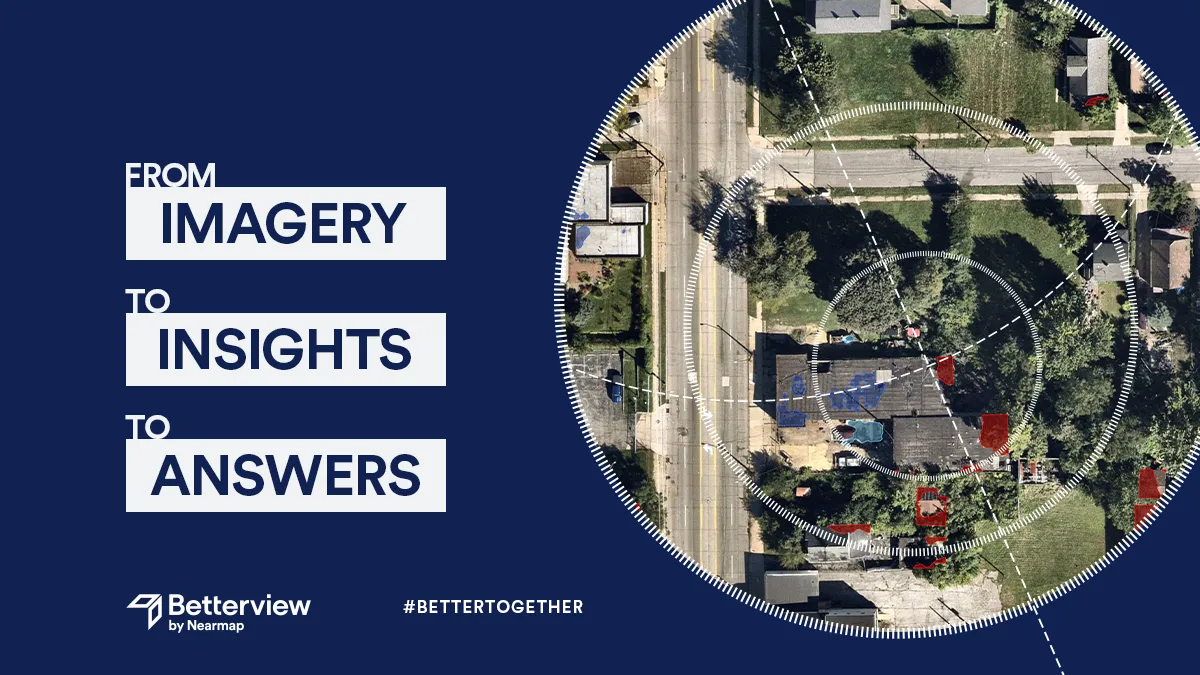How AI Can Keep P&C Insurers Profitable
How can P&C insurers remain profitable in 2024?


Who owns the future of insurance? Following a year as tumultuous and unpredictable as 2020, the answer to that question is far from obvious. In a recent article for Insurance Journal, Andrew G. Simpson described how the current industry landscape is divided between established carriers, and technology-driven startups. Obviously there are nuances within these two categories, but that essential split – large companies with decades of experience versus nimble new entrants – helps us answer that important question: who will really own the future of insurance?
The question seems especially relevant in light of the recent news that Insurtech startup and VC darling Hippo is planning to go public in a $5 billion SPAC merger. Although Hippo has a long way to go before it can compete in size with industry mainstays like Allstate, Nationwide, and State Farm, its innovative practices and focus on an evolved customer experience has helped the company accrue an impressive reputation in recent years – not to mention a hefty amount of funding. What can Hippo’s practices tell us about the future of insurance, and what wider trends can be gleaned from the company’s success?
Originally founded in 2015, Hippo built its brand on the promise of smarter coverage and faster quotes than its competitors. The company boasted a number of differentiators, from using pre-filled data for a more frictionless quoting process, to offering complementary smart home devices to customers. The overriding objective was to add a “human touch” back into the notoriously painful insurance-buying process. Modern consumers, reasoned co-founder and CEO Assaf Wand, were accustomed to a high quality of customer experience in other industries; so why not in insurance? Every element of Hippo’s technology-centric approach was in service of this goal: to develop experiences that were more painless and transparent, and in the process build trust between policy-holders and providers.
Six years later, Hippo’s strategy seems to be working quite well for them. Their combination of cutting-edge technology and evolved customer experience has led to a $5 billion market cap. That is only one seventh of Allstate’s current valuation, even though Hippo collects just over 1/100th of what Allstate does in yearly premiums. Customers seem to be just as happy with Hippo as investors are: the company boasts an 87% annual retention rate, which is nearly identical to Allstate’s, and an NPS score of 75, which is more than twice that of Allstate’s. Although the company is still young, the market appears to be responding positively to what they are doing. And with over $1 billion cash on hand and highly efficient customer acquisition economics with a 5.4 LTV:CAC ratio, Hippo is unlikely to slow down anytime soon.
Does this, then, answer the question we started with? Perhaps the future of insurance belongs to Hippo, and other companies like it that are willing to shake up existing practices to adapt to the modern marketplace. That is certainly an exciting answer, and one that follows patterns established in other industries like streaming and ride-sharing. But it does not account for the specific hurdles facing any company hoping to take on the insurance industry. Tentpole providers like State Farm, Nationwide, and Allstate can boast strong retention rates, high brand recognition, and decades – in some cases even centuries – of proven financial stability. This is not to mention the long, deep relationships these incumbents have with agents and other distribution channels. Clearly, any small startup hoping to compete with these long standing companies will be fighting an uphill battle.
Does this mean that the future of insurance will continue to belong to entrenched, existing companies? Maybe, but not necessarily. Let us consider an alternative approach to this question. Instead of viewing the technology startups and traditional providers as gladiators locked in a zero-sum competition, it may make more sense to discuss all the ways they could learn from one another; and to consider how, by collaborating, they can own the future together.
If the success of Hippo has proven one thing, it is that the insurance space is ripe for innovation. Clearly, a lot of customers are tired of the status quo – tedious questionnaires, black boxes, insufficient coverage – and are ready to jump onboard with a carrier that sees them as human beings rather than just policyholders. By emphasizing customer service and positioning themselves as a partner in risk management, Hippo is making the argument that they are that carrier. The larger carriers should see this as an opportunity, not a threat. By adopting new technologies, or partnering with players in the growing insurtech industry, these companies can imbue their industry with some much needed trust and transparency. Moving forward, insurance companies could borrow what works from the world of tech startups (smarter tools, a renewed focus on customer experience), while remaining true to their established, institutional brands.
This is supposed to be an article about the future, but in many ways what I am describing already exists. More and more insurance providers, perhaps learning from Hippo’s example, are partnering with insurtech companies that can streamline their processes and help them improve their customer experience. Betterview is one such company; the actionable insights found on our platform, built on a foundation of first-party aerial imagery and computer vision-driven intelligence, allow underwriters to deliver quotes at sub-second speeds while still providing the most accurate view of property risk on the market. If underwriters have a better grasp on actual property conditions, they can alert customers to potential risks before there is even need for a claim. In this way, the role of the insurer changes from a “repair and replace” model to a “predict and prevent” one.
Betterview and Hippo are far from the only companies bringing innovations into insurance. But the goals that the two companies represent – introducing new, data-driven technologies into the industry, while also improving customer experience – are what I see as the real future of insurance. Any company that embraces these ideas, whether they are a scrappy startup or a multinational conglomerate with 100 years of experience, will be co-owners in that future.
Betterview is on a mission to turn high-quality data into actionable insights for the P&C insurance industry. We foster a collaborative environment, working together to find the best solutions for our customers. If you are interested in joining a strong, innovative team, head over to the careers page on our website or contact us directly.

How can P&C insurers remain profitable in 2024?

What does the Nearmap acquisition of Betterview mean for the insurance industry?

The insurance industry, and the technology that supports it, have seen significant change over the last few years. New technology continues to come...